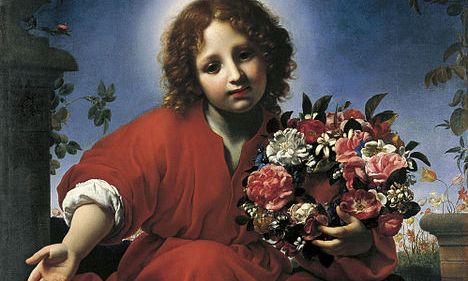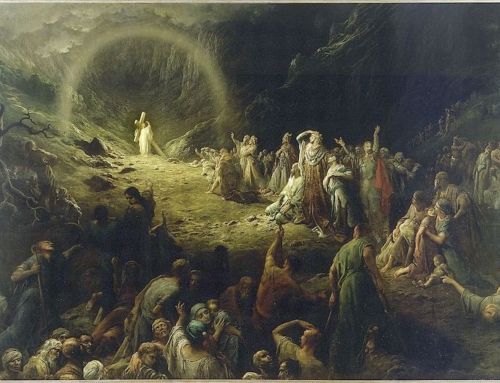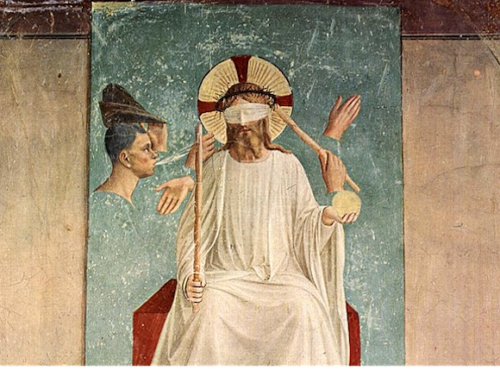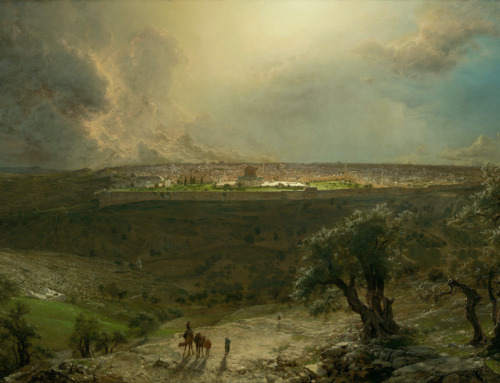Bygone devotions and prayers to the saints, as well as the piety that characterized their once-prolific cults, often focused on the external, observable manifestations of mysticism. Consider, for example, the medieval fascination with the stigmata of St. Francis and its subsequent influence on Christian iconography (e.g., Giotto) and spiritual theology (e.g., St. Bonaventure). Much like the child who prefers the splendor of a single rose to an entire field of flowers, the medieval mind approached mysticism with the same wonder and awe, stirred to fervent devotion by the one who intimates the divine by observable phenomena. In the garden of souls, as in the book of nature, many are the flowers, but rare is the rose.
The modern mind, on the other hand, tends to prefer the field of flowers over and above the rose. To be sure, seldom has modern man experienced, either in himself or in others, the mystical phenomena recounted in the lives of the saints. Not only does mysticism seem wholly inconsistent with his personal experience of grace, but the secular culture emboldens modern man to seek the cause of mystical phenomena in the natural sciences, to accept the banal explanation over the divine. When left unchecked, empirical methods of observation breed rigorous, unapologetic skeptics, who balk at any mention of God, much less the heights of Christian mysticism. Needless to say, modern man often finds himself living among those who dismiss the possibility of mystical phenomena without conversation or deliberation.
Such widespread skepticism may explain, in part, the universal appeal of the little flower. She reached the heights of holiness and died in the state of transformative union—without the mystical fanfare that so often troubles modern sensibilities. For indeed, the little flower does not overwhelm the imagination with the miraculous; her brilliance is not found in something obscure or alien to human experience. On the contrary, her salient writings cut to the very heart of the Christian life and disarm the trappings of unbridled rationalism and militant atheism. In a word, she is thoroughly approachable, even ordinary.
In tension with the cult of the little flower is the presence of yet another cult, prevalent in and around Italy. Devotion to the fiore della Passione (“flower of the Passion”) resembles that of the medieval variety; in fact, one might say that modern man should find her biographical sketch implausible. Saint Gemma Galgani (1878-1903) may have been a contemporary of St. Thérèse of Lisieux (1873-1897), but her journey toward transformative union included several manifestations of mystical phenomena. The passion flower bore the stigmata; she received countless visions of the Lord, the Immaculate Virgin, her guardian angel, and other saints; she levitated on occasion and quite frequently fell into ecstatic swoons. In spite of all this, her cult continues to thrive in various locales—modern man is not entirely dissuaded from approaching her.
The cult of St. Gemma, when placed alongside the cult of St. Thérèse, admits of obvious disparity. Be that as it may, the fact that each saint continues to inspire modern man, notwithstanding the scourge of skepticism, admits of divine providence. For indeed, both the little flower and the passion flower relate the magnificence of the divine gardener, who has deigned to create, according to his good pleasure, the splendor of the rose, the whiteness of the lily, the perfume of the violet, and the delightful simplicity of the daisy. On this very point, St. Thérèse shares the following reflection in her autobiography, Story of a Soul:
Jesus … set before me the book of nature; I understood how all the flowers He has created are beautiful … I understood that if all flowers wanted to be roses, nature would lose her springtime beauty, and the fields would no longer be decked out with little wild flowers.
And so it is in the world of souls, Jesus’ garden. He willed to create great souls comparable to lilies and roses, but He has created smaller ones and these must be content to be daisies or violets destined to give joy to God’s glances when He looks down at his feet. Perfections consists in doing His will, in being what He wills us to be.
✠
Image: Carlo Dolci, The Infant Christ with a Floral Wreath







